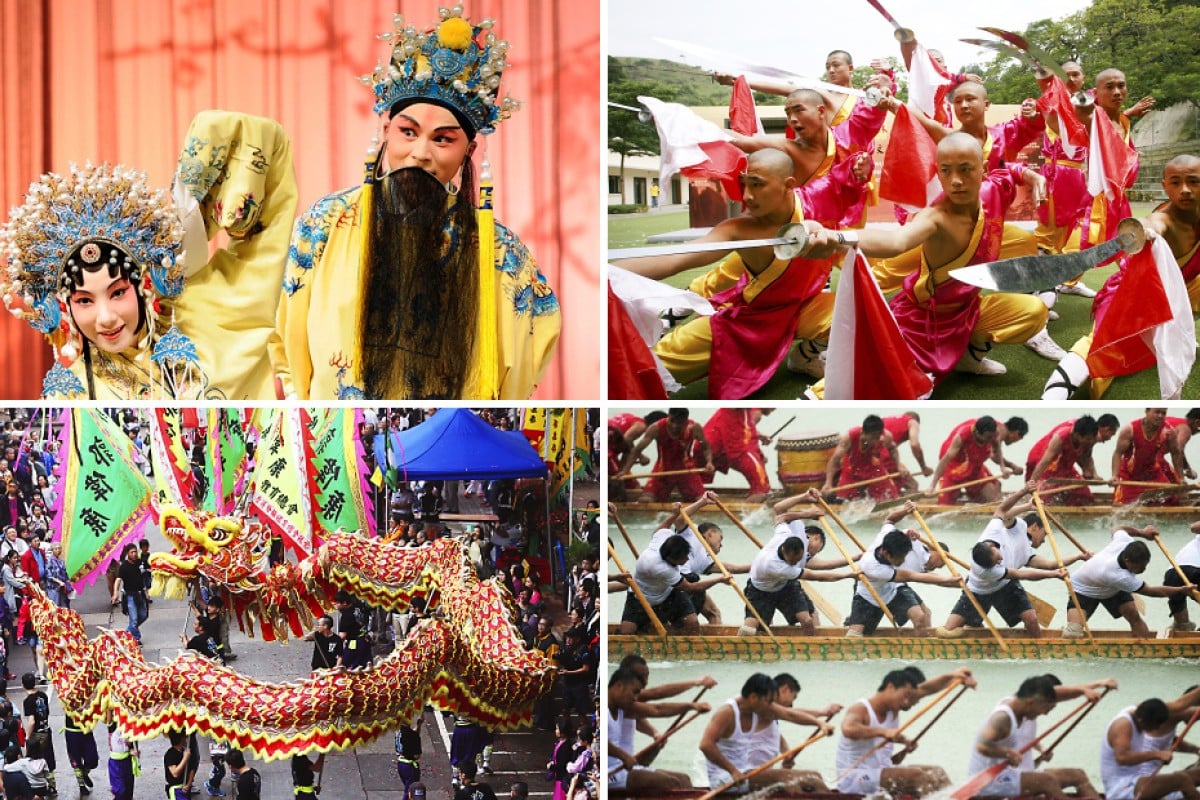mchec.org – Hong Kong, a bustling metropolis known for its skyscrapers, vibrant nightlife, and cutting-edge technology, is also a city rich in cultural heritage. Despite its rapid modernization, Hong Kong has managed to preserve its traditional roots, creating a unique blend of old and new. This preservation is not just a testament to the city’s history but also a vital aspect of its identity.
Traditional Festivals and Rituals
One of the ways Hong Kong maintains its cultural heritage is through the celebration of traditional festivals and rituals. Events such as the Chinese New Year, the Mid-Autumn Festival, and the Dragon Boat Festival are celebrated with enthusiasm, bringing the community together. These festivals are not only a time for family gatherings but also an opportunity for the younger generation to learn about their cultural heritage.
Historic Architecture and Landmarks
Hong Kong’s cultural heritage is also preserved through its historic architecture and landmarks. Buildings such as the Man Mo Temple, a traditional Chinese temple dedicated to the gods of literature and war, and the Star Ferry Pier, a symbol of the city’s maritime history, are protected and maintained. These sites offer a glimpse into the life of Hong Kong before it became the modern city it is today.
Intangible Cultural Heritage
Beyond physical structures, Hong Kong’s cultural heritage includes intangible aspects such as traditional crafts, music, and performing arts. The city is home to various forms of Chinese opera, including Cantonese opera, which has been performed for centuries. Efforts are made to teach these traditions to the younger generation to ensure their survival.
Challenges and Conservation Efforts
Preserving cultural heritage in a rapidly developing city like Hong Kong comes with its challenges. Urban development often threatens historic sites, and the fast pace of modern life can overshadow traditional practices. However, the government and various organizations have implemented conservation efforts to protect and promote Hong Kong’s cultural heritage. These include the establishment of museums, cultural centers, and the creation of laws to safeguard historic buildings.
Conclusion
Hong Kong’s ability to preserve its cultural heritage in the face of modernization is a remarkable achievement. It serves as a reminder that tradition and progress can coexist. By celebrating its past, Hong Kong enriches its present and ensures a vibrant future for its cultural heritage. As the city continues to evolve, it is crucial that these efforts are sustained, allowing future generations to appreciate and participate in the rich tapestry of Hong Kong’s cultural heritage.

